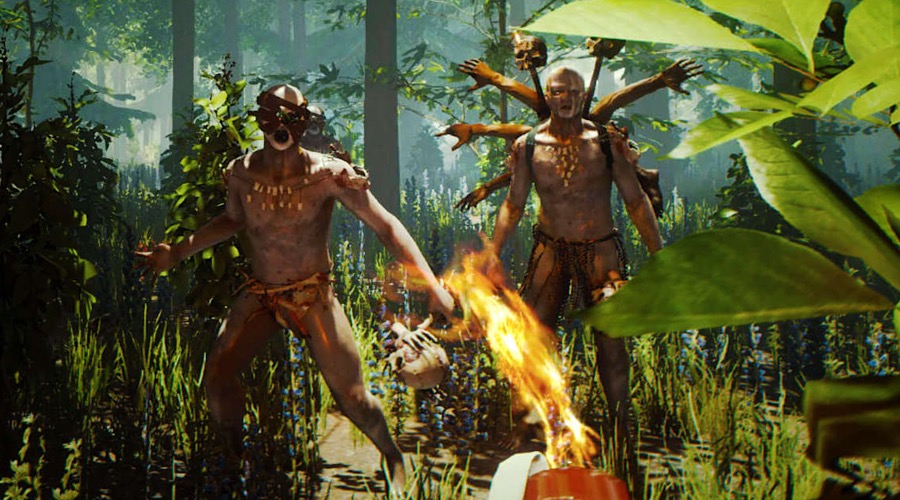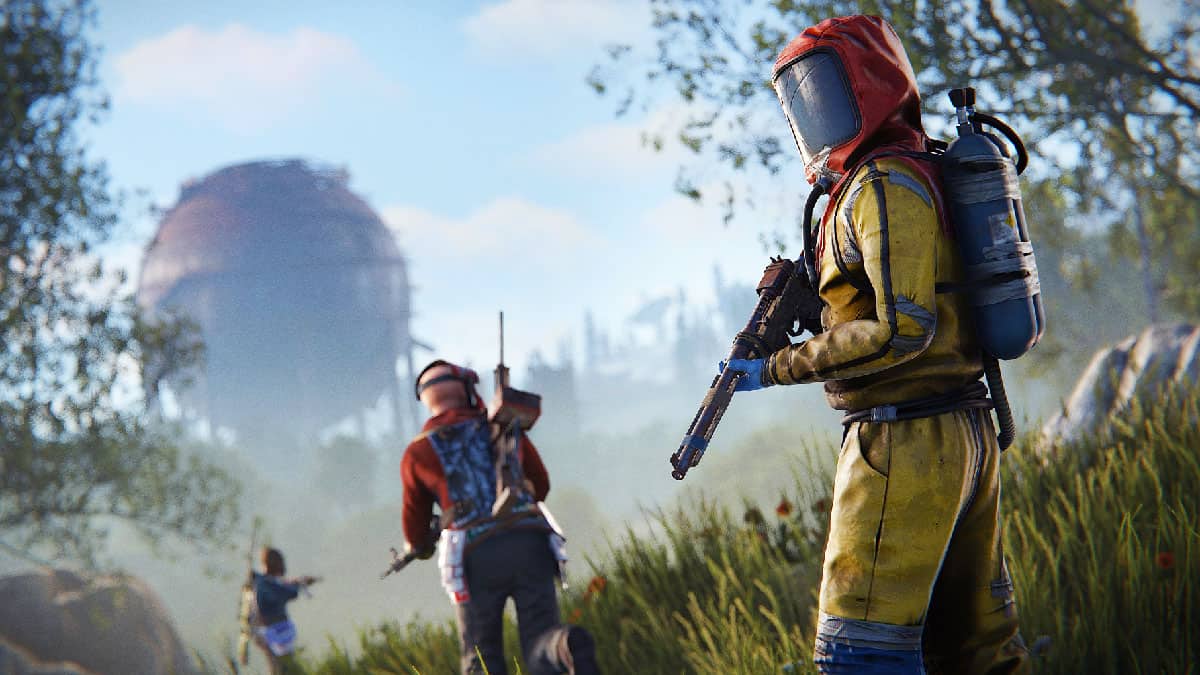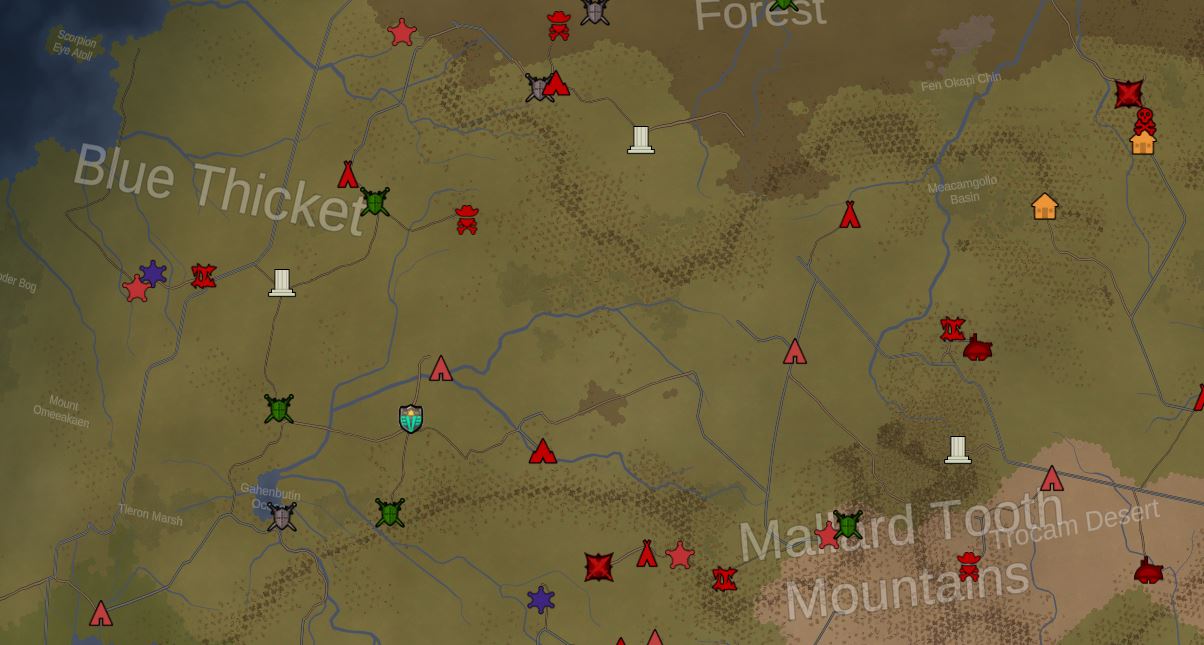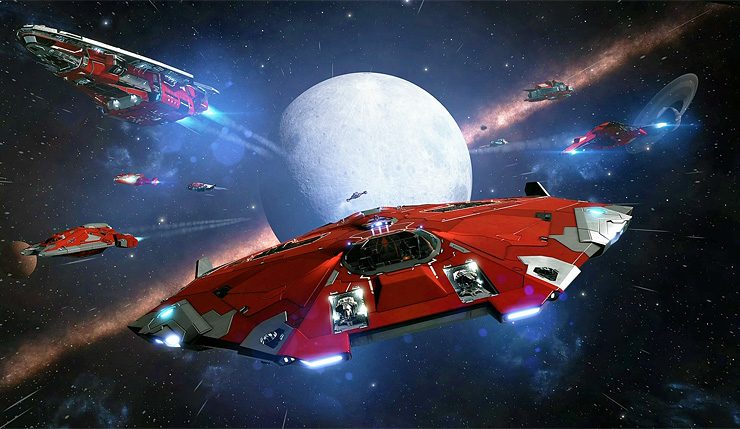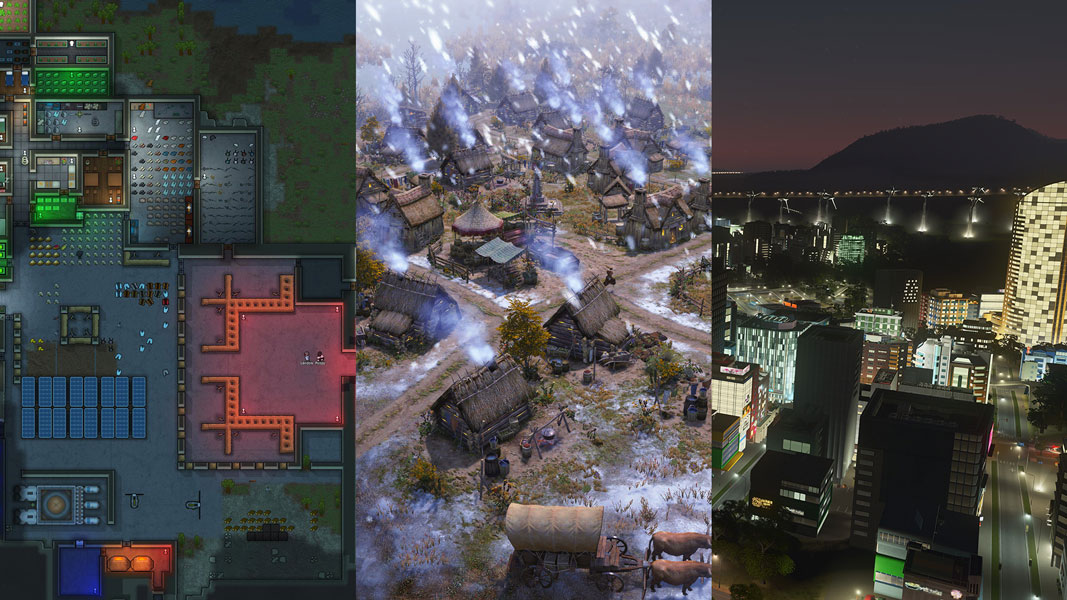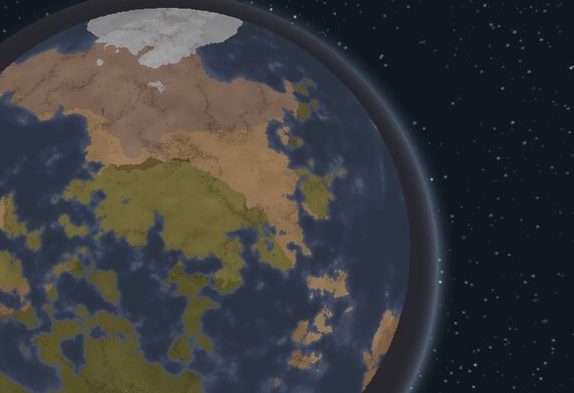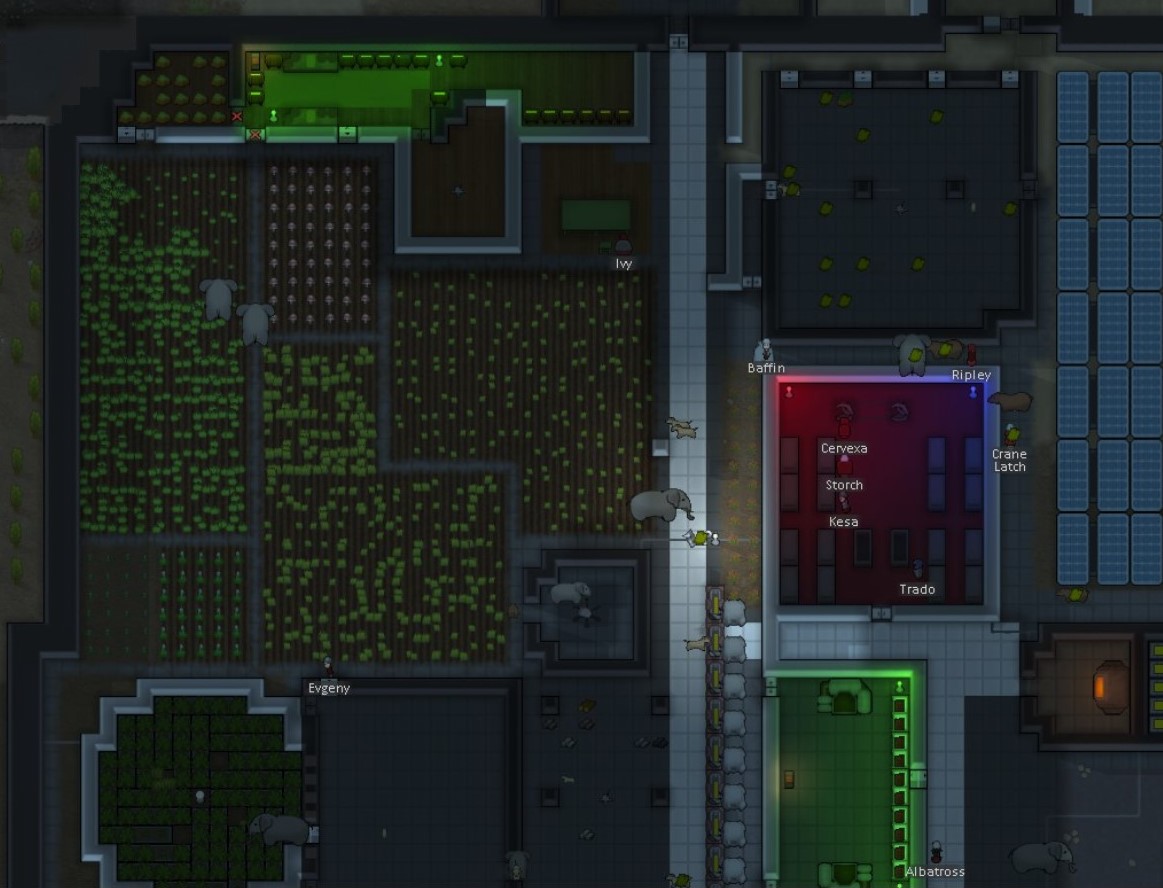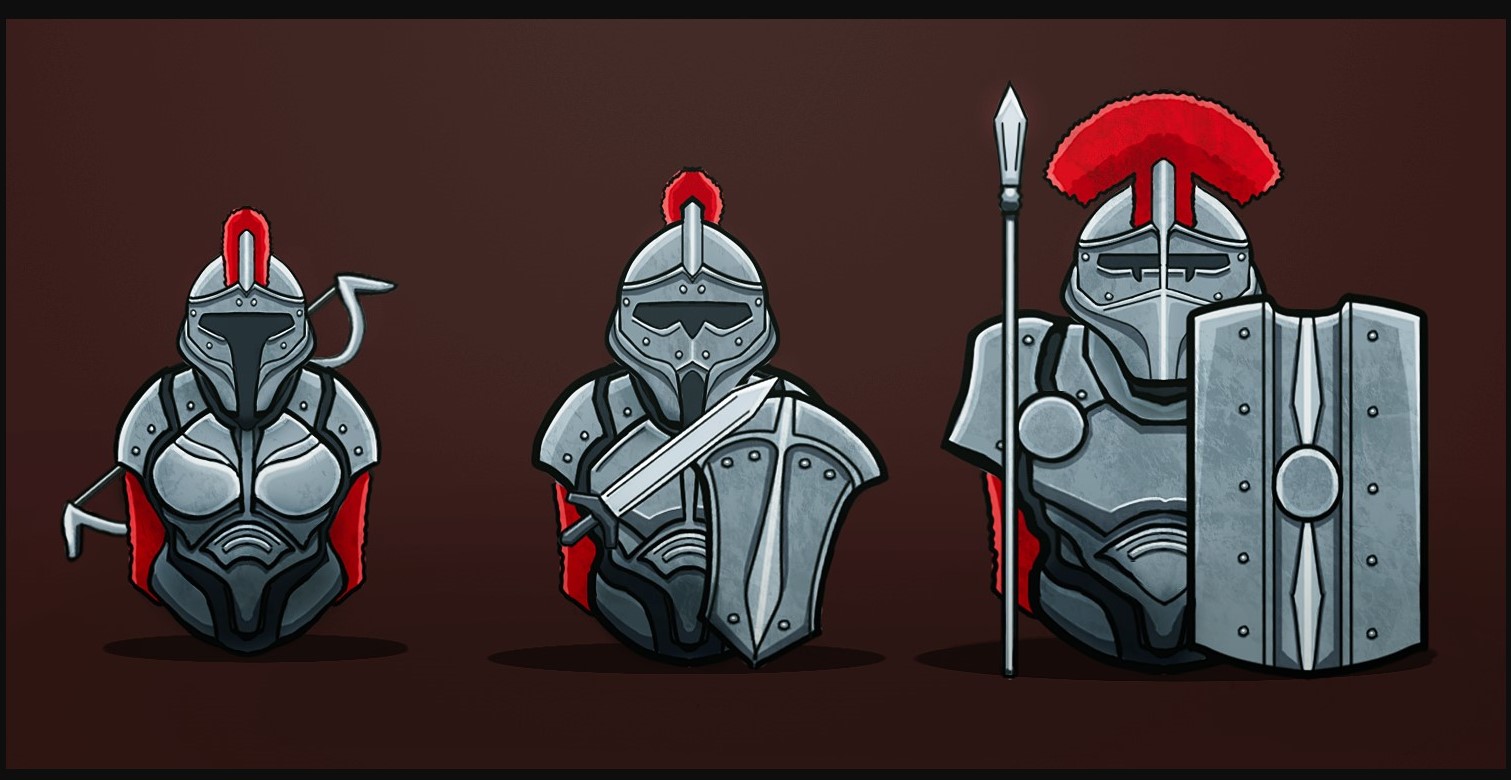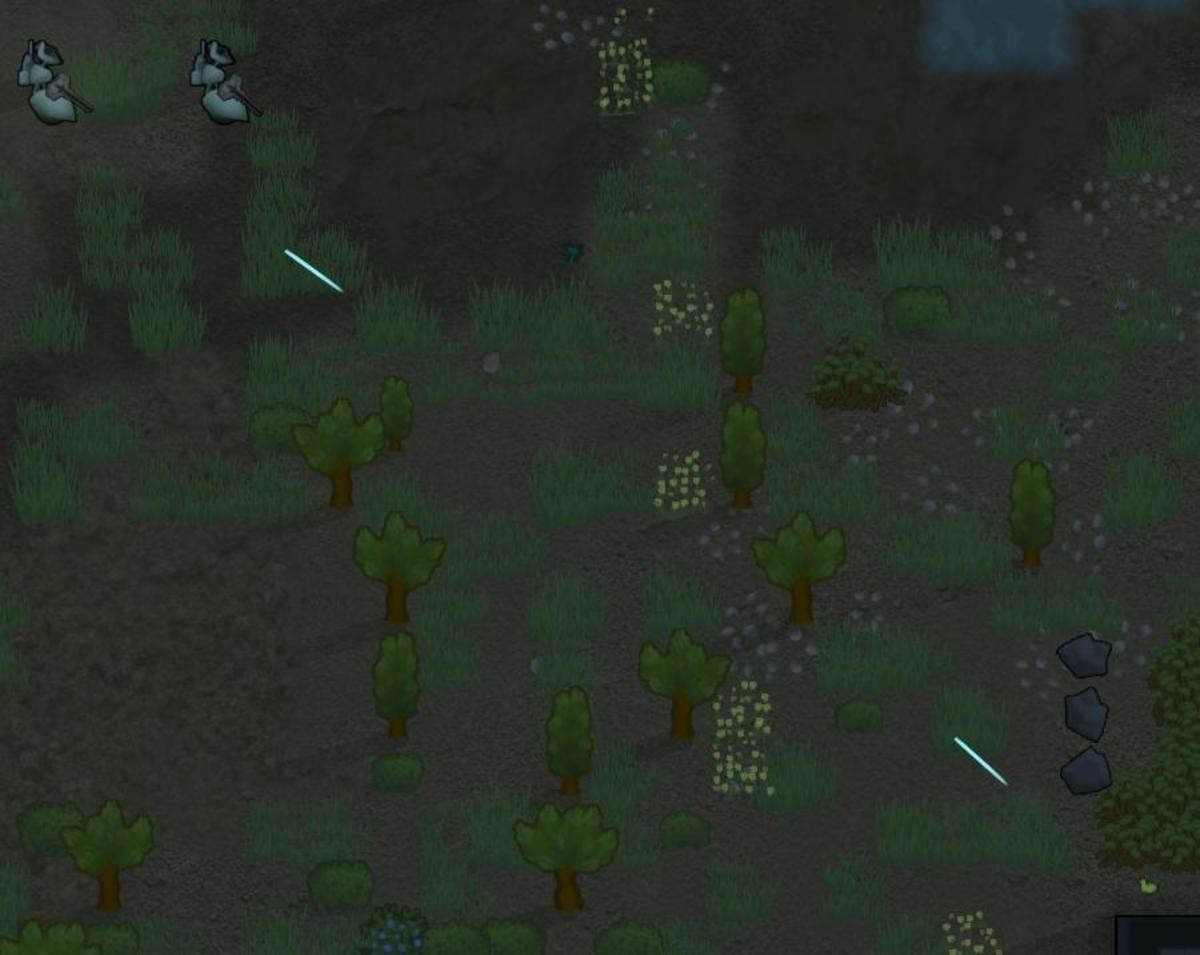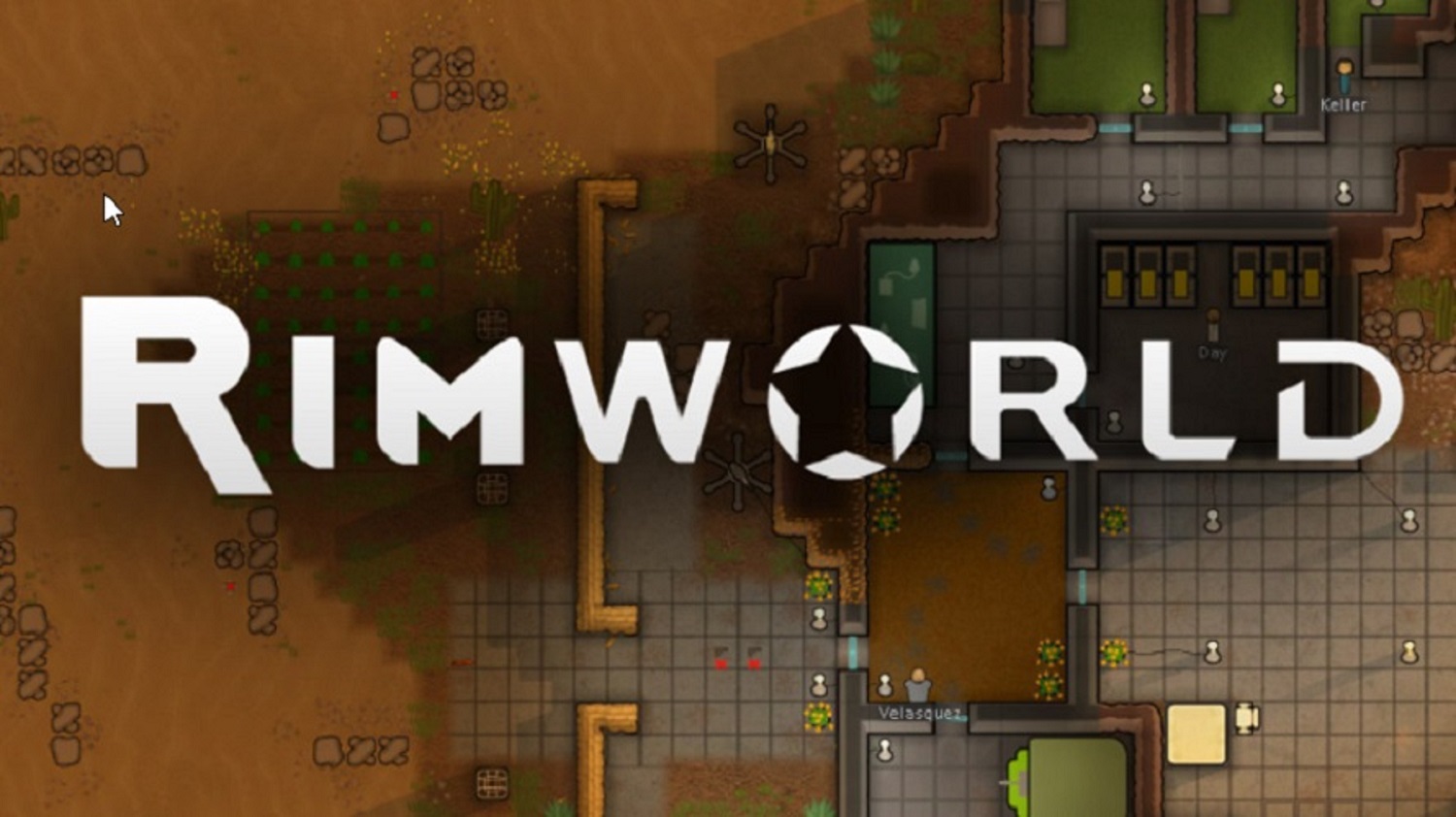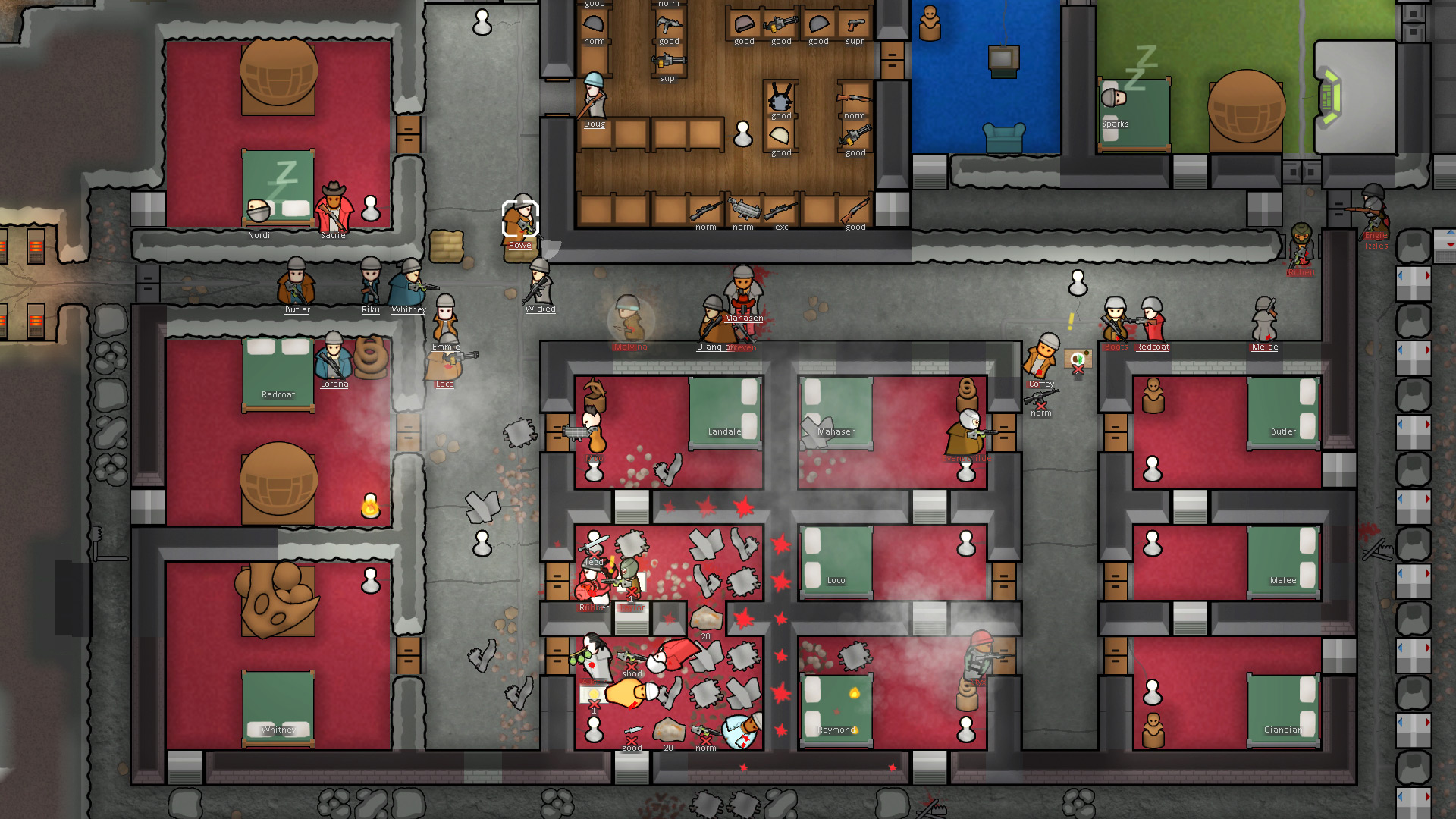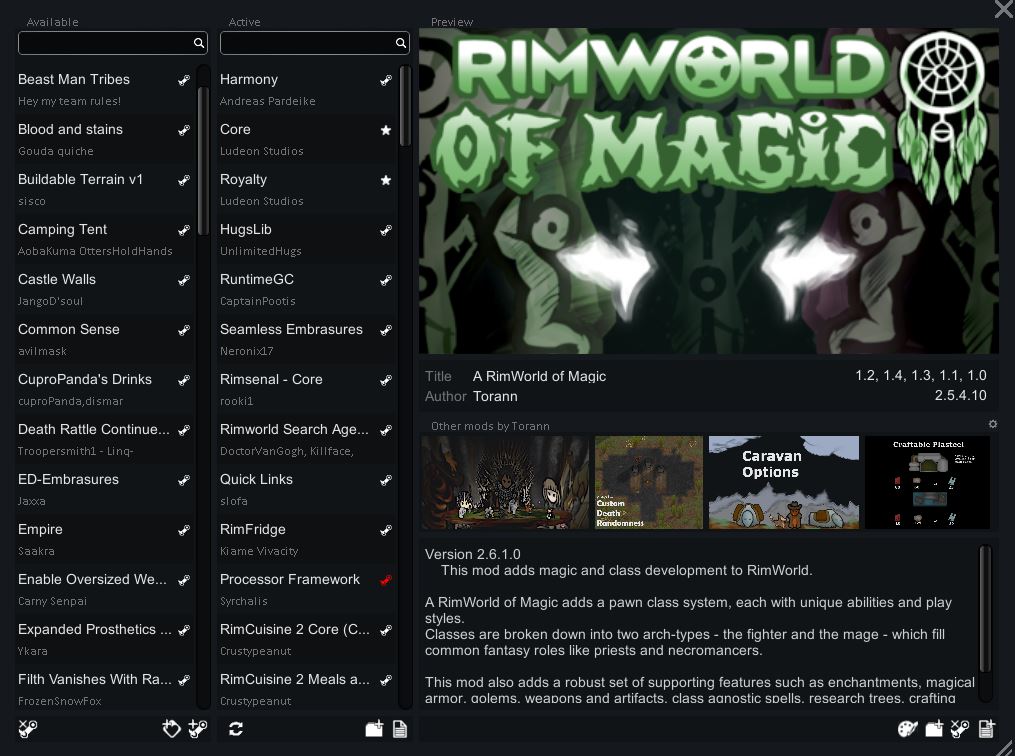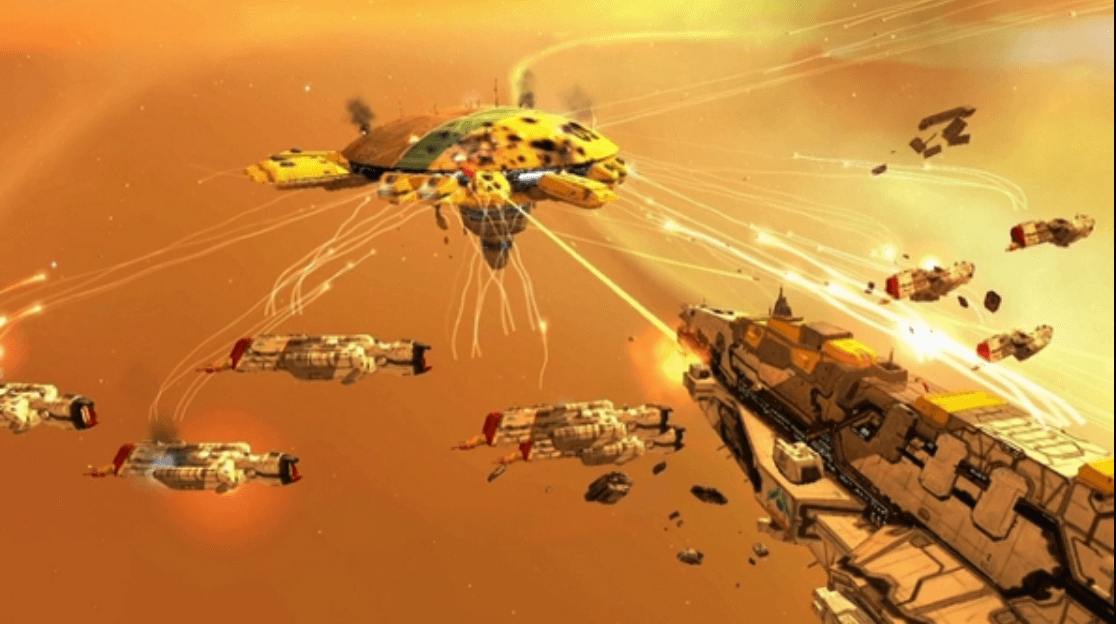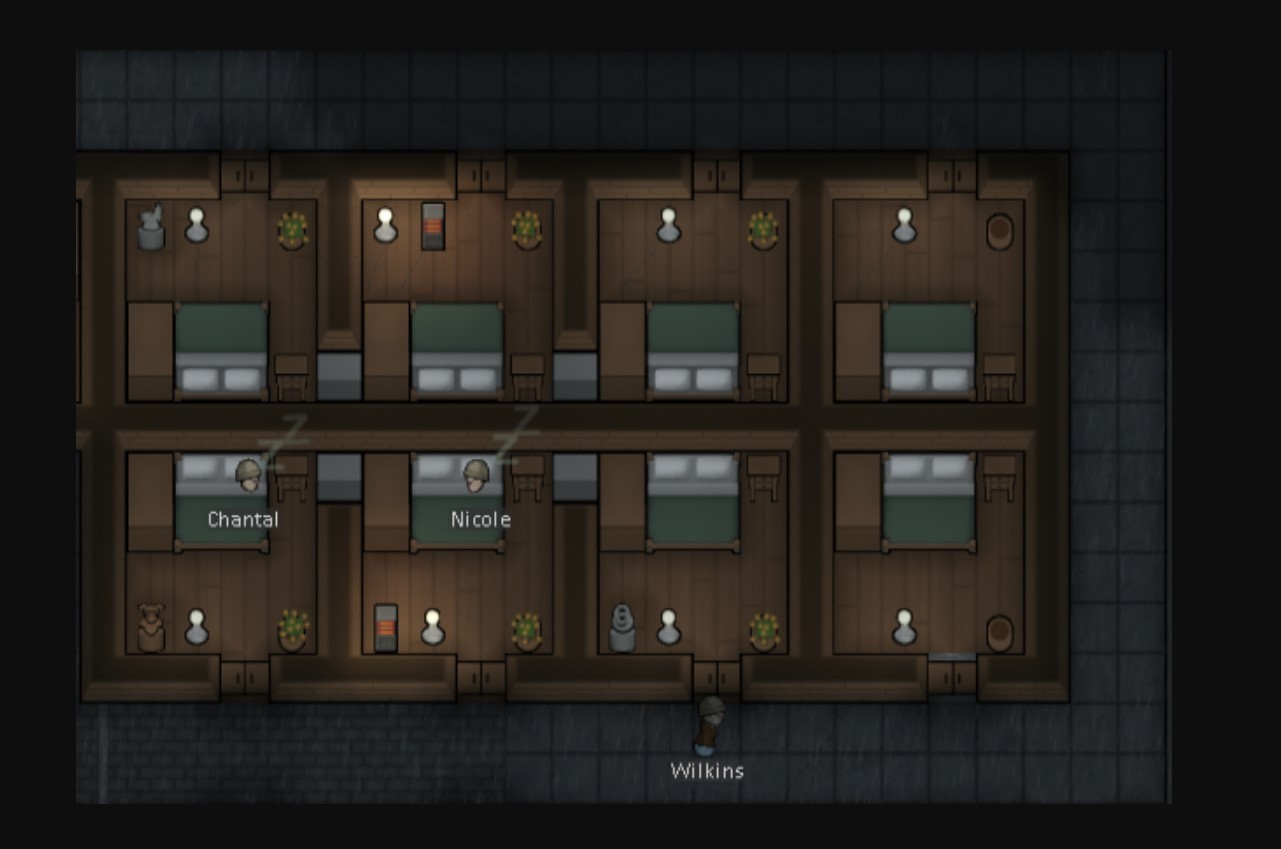
RimWorld is not a forgiving game, even less so for inexperienced players. It can often feel overwhelming to figure out what to prioritize, given how fast things can (and will) go wrong.
In this guide, I'll walk you through some general tips and suggestions for your first couple of games in roughly the order they become relevant as you approach the mid-game. I say "roughly" because RimWorld is unpredictable sometimes, so it's okay to skip around as you see fit.
1. Avoid Bad Starting Colonist Traits, Backgrounds, and Health Conditions

For some odd reason, I feel most people would rather crashland on a backwater rock with a civil engineer than, say, a serial arsonist
Having a skilled builder is all well and good, but what's the point if they're just going to burn down your new rec room the first chance they get to satisfy their pyromania?
A colonist who starts fires or won't haul or even defend themselves can cripple any fledgling settlement.
Unfortunately, the only way to avoid rolling bad traits (without mods) is to keep rolling.
While rolling colonists with high skills and passions is essential, generating healthy, well-adjusted colonists at the start avoids unnecessary headaches.
The list of must-avoid traits is as follows: Pyromaniac (see above), Lazy/Slothful (slow working), Depressive/Pessimist (to avoid unnecessary permanent mood penalties), Chemical Interest/Fascination (you won't have any substances to abuse starting out).
Also, try to avoid colonists who are very old and have painful scars or other health problems, as those can get in the way.
The same goes for pawns incapable of violence, dumb and/or skilled labor, and firefighting.
How it works:
- You'll want your starting party to have at least one level of passion and five levels of skill in Medical, Shooting, Construction, and Plants at minimum, so keep that in mind.
- If these colonists don't have any of the negative traits listed above, move them to the top three slots.
- (If you end up with more than three, then sort them according to their effectiveness, with must-haves at the top and the ones you can most likely live without at the bottom.)
- As for the undesirables, click randomize on the top-right of the window until you get someone you can work with.
- If you can, try to score some colonists with skills in Mining, Cooking, Social, and Intellectual, in addition to the critical skills listed above – these skills help expedite the early game but aren't as mission-critical.
- Remember: very rarely, if ever, will you ever get the "perfect" colonist, but as long as they fall within the guidelines above, you should be fine – RimWorld is a story generator, after all, and a lot of the fun comes from dealing with a multitude of personalities.
2. Choose an Easy Starting Location With Year-Round Farming

Winter is coming… or is it?
Many of RimWorld's biomes only allow for farming at certain times of the year, forcing you to stock up for winter.
But life on the Rim has a habit of getting in the way, and too often, you'll find yourself sacrificing your beloved pet to avoid starvation. You don't have to prepare for winter if there is no winter.
Avoiding winter and its hardships is easy; settle in a warm location, preferably with an average temperature between 10°C-30°C.
The best place to look is near the equator, as, like in real life, this area tends to be the warmest.
Avoid places that are too hot, like deserts, as not only will there be little fertile soil, but the heat will be a constant threat until you get some coolers up and running.
How it works:
- When selecting a starting location, search near the equator, click on the tile, and select "Terrain" on the bottom left to see that cell's geography characteristics.
- Focus on the green tiles with temperate forests, and make sure they have some sort of mountain or hills.
- Search for a cell that falls within the appropriate temperature range.
- Make sure there's at least one Civil Outlander settlement nearby; they'll be important later for trading.
- Try to settle on or near roads.
- Don't settle too close to other settlements, even neutral/friendly ones – they won't take kindly to you invading their space, and you'll gradually lose favor with them.
3. Build Next to Mountains/Hills

Raiders are known to breach walls, but I'd love to see them try to breach a mountain
Threats can come from every direction, sometimes even above. Prioritizing which angle to defend is a guessing game; you only have so many resources to dedicate to defense.
Aside from building walls, shacking up adjacent to a giant mound of stone is an excellent way to cut off an angle of attack – leaving one less area to defend and allowing you to focus your efforts on natural chokepoints.
Try to find a corner or edge with a thick wall of stone – if it extends past the map edge, then even better, as nothing can walk in from those areas.
If you can, try to find a dug-out or cove that surrounds you from two to three different directions – this provides raiders with fewer avenues of attack and reduces material costs since you won't have to build as many walls.
How it works:
- Once you find a suitable location, just build from the inside out – using the mountain as a natural border.
- Try not to use the raw stone itself as walls as it reduces room beauty and can be time-consuming to smooth out.
- Make sure to build your colony with only one main entrance in and out – build walls to fill gaps in the mountain.
- Have your colony facing "out" towards the open space so you have a direction to expand.
4. Switch To Manual/Numbered Priorities

Now you'll know exactly who to blame when all your food whithers to nothing outside (Hint: it's still you)
Who's doing what, and when? Why isn't anyone hauling?! Why is my farmer bleeding out while my doctor is off hauling some steel from halfway across the map?
Situations like these are frustrating, and not effectively dividing labor can cut your colonies' productivity to a fraction.
Going into the 'Work' tab and manually setting what colonists do and in what order is critical to maintaining a thriving colony.
You won't have many colonists to start with, so spread out important duties/roles so everyone plays to their strengths and pitches in wherever they can.
By default, work is done in order of importance from left to right, and colonists will either do or not do a job, depending on what you have selected.
You can change this to numbered priorities to force colonists to perform jobs in the order you see fit on a scale of one to four – one being a top priority and will be done first while four is done last (jobs without a number won't be done at all).
Suppose multiple jobs have the same priority number. In that case, they will be done from left to right according to their place on the work tab before moving on to the next priority level.
How it works:
- Select the 'Work' tab on the bottom left of the screen.
- Look for the 'Manual Priorities' option in the window and enable it.
- For each pawn, set the jobs that most relate to their skill set at priority level '2'.
- Turn off jobs for colonists who lack the required skill (for example, you don't want to waste your crops because your doctor who has never touched grass is butchering your plants during harvest).
- If your pawns have multiple skills outside their primary role, set those jobs to the next highest priority level so they can help if they have some free time.
- Be fluid – don't be afraid to experiment with different priority schedules and change work priorities to deal with emergencies and new arrivals.
- Avoid 'Idle' colonists – always have them doing something, as there's always work to be done. There's no use in wasting labor potential.
5. Find/Build a Temporary Shelter

Don't think of it as 'squatting', instead try using a classier term like 'appropriating'
Building a shelter from scratch is time-consuming and often can leave you with little time to raise farms, get organized, or even build beds.
Pawns don't like to sleep outside or on the ground, so getting some shelter ASAP is vital to keeping their fragile minds intact, especially in the early game.
Most maps usually have some sort of ruins with varying degrees of structural integrity. Some are almost fully built from the get-go, while others are crumbling shacks.
In any case, fixing up an old building and plugging in the gaps is always faster than building from scratch.
Don't worry too much about finding the perfect husk; this shelter is just a temporary measure.
The main point is to give your colonists (and their stuff) some basic shelter from the elements while you raise more permanent fixtures.
You don't need much more than four walls, a roof, and some basic furniture between your pawns and the ground.
How it works:
- Find a ruined building near where you want to build your main colony.
- Click the 'Architect' menu and select the 'Zones' tab.
- Select 'Stockpile zone' and paint an area around half of the interior of your future building.'
- Don't worry about tweaking the stockpile settings yet; the default is fine for now – all you're trying to do is move your stuff into your temporary base.
- Click the 'Architect' tab on the bottom left and then navigate to 'Structure.'
- Click on 'Wall' and make sure you have 'Wooden wall' selected.
- Fill in the gaps of the building and connect all the walls.
- In the 'Structure' tab, find 'Wooden door' and place one somewhere within the wall.
- In the 'Architect' menu, select the 'Zone' sub-tab.
- Select 'Build roof over area' and paint a square over the entire area of your building – roofs don't cost any resources. Once built, the game will recognize the interior as 'indoors'.
- Go back to the 'Architect' menu and select the 'Furniture' tab and inside build:
- Three wooden beds
- One standing torch
- One wooden 2x2 table
- Three wooden stools
- Go back to the 'Architect' menu and navigate to 'Recreation'.
- Build a wooden horseshoes pin somewhere outside your shelter near the entrance.
- Go ahead and build another torch near the horseshoes pin, too.
- (Optional) Find the 'Architect' menu again and select the 'Orders' tab.
- Find and select the 'Claim" button; it's represented with a little red flag.
- Highlight your shelter; this will make the game recognize the pre-built areas of the shelter as a part of your colony.
- Your builders will start repairing any damaged walls/furniture.
- Do this last, if you do it at all, since repairing established buildings has priority over raising new structures by default and can be very time-consuming.
6. Take Advantage of Fertile Soil

Not as good as hydroponics, but there's no room to be picky this early on
Crops take time, time you don't always have. Even quick-growing crops like rice take almost six full days before they can be fully harvested – and that's if everything is going right.
All it takes is one lightning strike on a dry day to burn your winter food stores to ash.
Plant your crops in rich soil; most maps in temperate areas are dotted with patches here and there and sometimes occupy huge splotches of land, so you can feasibly do all your farming on rich soil.
Regular soil has a fertility of 100%. In comparison, rich soil has a fertility of 140%, which cuts the overall growing time to a fraction of what it was.
Keep in mind that not all plants benefit the same from rich soil, such as potatoes, which are only 40% as sensitive to fertility.
So, while the soil quality doesn't affect growth as much, neither does the bonus from rich soil.
How it works:
- On the overlays menu on the bottom right, select the fertility overlay – it looks like a sprouting plant in a hollow circle.
- Light green areas are regular soil, dark green is rich, and orange is stoney soil (which has a fertility of 40%).
- If you find one close enough to where you're building, keep the overlay on while you sow your initial plants, then turn it off.
- If you've selected an area with year-round farming, this isn't as critical since you can always grow. However, it's still a good way to jumpstart your agriculture industry.
7. Grow Rice

Your pawns would eat rice served on a bed of rice with a side of rice every day if they had to, and they'd like it
While there are plenty of horrible ways to die on the Rim, like getting eaten by insects or mauled by a pack of cavemen, starvation is always an ever-present threat.
Without a steady food supply, your colonists' mood will plummet, leading to mental breaks and social fights – not the type of things your crew needs after crashing on a backwater rock.
All you need to do is plant rice. I know it sounds laughably simple, and that's because it is. Rice provides a decent amount of nutrition in a relatively short time compared to other crops.
Rice is listed as growing in three days; that's not true. It takes three days to grow cumulatively; plants need to rest regularly, and any downtime doesn't count toward growth.
As a general rule of thumb, it takes about double the time listed, including rest.
The only downside to farming rice is how labor-intensive it can become – a quick turnaround time between sewing/harvesting keeps your growers busy.
How it works:
- Go to the 'Zone' tab under the 'Architect' menu.
- Select 'Growing zone' and paint the area you want to farm.
- Select rice from the drop-down menu.
- Wait 5.54 days.
- Profit.
8. Plant Cash-Crops Early

You never hear anyone say, 'Wow, I'm glad I had to wait forever to get my drugs'
Crops like cotton, smokeleaf, and psychoid take around 13 to 17 full days to grow, basically an entire season.
Drugs and clothes sell for quite a tidy sum… eventually, once you're finally able to manufacture them, which leaves plenty of time for all sorts of disaster.
Planting as soon as possible is your best bet, especially since once it's done, you don't have to interact with anything, leaving your growers free to help in other areas.
In the grand scheme of things, it really isn't that long, but these first hours are critical in expediting your colony through its baby steps.
Smokeleaf is a good first choice since it doesn't require any research to manufacture it into smokeleaf joints, which are good mood boosters and decent trading commodities at 11 silver.
You don't even need a drug lab; you can do it straight from the crafting spot, albeit much slower.
Cotton only takes a little longer and can be used for clothes making, which can be quite lucrative as clothing is affected by quality – increasing the value the more skilled the crafter is.
How it works:
- Follow the same steps as for rice; only select smokeleaf this time.
- Keep in mind that you need a minimum growing skill of 4 to plant this crop.
- If you can exploit a patch of rich soil, then all the better; everything helps.
- Rinse and repeat with psychoid (pictured above) or cotton, or anything really, as this applies to all plants.
- Note: Ensure you've researched 'Drug production' and 'Psychite refining' as they are prerequisites for manufacturing more expensive narcotics.
9. Build Some Makeshift Defenses

While not capable of protecting you from drop-pod raids, simple barricades increase your pawns' chances of keeping their brains in their skulls
A group of strangers crashing from the sky is a pretty noteworthy event, and it's only a matter of time before raiders (or worse) come snooping around.
Once the lead starts flying, you don't want to get caught without anything to hide behind.
All you need is a few solid blocks of material between for your pawns to hide behind. Rasing up some rudimentary defensive positions is all you need this early to stave off most outside threats.
Building barricades is just fine, as they provide decent cover for your pawns to shoot from. Most enemies at this point will either be enraged animals or tribal peoples with melee weapons, maybe a bow.
You can use stone chunks and even trees in a pinch, but a solid barricade of wood or stone is preferred.
How it works:
- In the 'Architect' menu, select 'Security'.
- Select 'Wooden barricade'.
- Place sections of barricade a few tiles long around the exposed areas of your colony with gaps in between; it doesn't have to be pretty, just nearby, and leave some paths for walking.
- Place some light sources like standing lamps or torches in case you get attacked at night – pawns suffer a shooting penalty when in darkness.
10. Set Aside Space For Prisoners

Make sure to kill your prisoners with kindness... the useful ones, anyway
By default, you only start with three colonists, just enough to get by, but it's not ideal. It's not like people are falling over each other to scrape by with you, at least not yet.
Prisoners are one of the best sources of new colonists, although they take a while to convince.
With a steady source of raids comes an influx of potential recruits… and other morally dubious benefits, which we'll get into later.
All you need to know is that having a few chumps in the slammer is never a bad idea.
You only need an enclosed space with a sleeping spot and a door. However, keeping your prisoners at least somewhat happy is generally a better idea.
The more comfortable they are, the easier they are to recruit and the less likely they are to revolt. All they need is a bed, lighting, and a table to eat at – prisoners do not need recreation.
How it works:
- Build a basic shack or wall off a cave if you're next to a mountain; as long as it's indoors, it shouldn't matter.
- Build a couple of beds, a table, some chairs, and a light source from the 'Furniture' tab.
- Inspect your colonists' bios and find the one with the best social skills.
- In the 'Work' tab, activate the 'Warden' job for that colonist.
- After a raid, left-click one of your pawns, then right-click on any downed (not dead) raider and select 'Capture'.
- If injured, have your medical pawn tend to them before they bleed out.
- Once captured, left-click the prisoner, select the 'Prisoner' button near the bottom left of the screen, and select 'Recruit'.
- Once they're healed enough to talk, your warden will periodically visit them to chat, deliver food, threaten them with violence, or gaslight them into joining.
11. Switch to Stone Buildings as Soon as Possible

Turns out limestone doesn't make for good kindling; who'd have thought?
Wood is a solid early building material, but like in real life, it's very flammable. Steel, while resistant to damage, is also flammable for some reason.
Fires happen quite often, whether through the violence of man or nature and can quickly turn your colony to rubble.
Switch to stone as your main building material instead of wood. Stone doesn't burn and can serve as an excellent blockade to protect you from wildfires.
The sooner you switch, the better. Wood still has its uses as a building material, but not for exterior elements like walls or roads.
Stone is plentiful and efficient to build into blocks, as one stone chunk can create 20 stone blocks. These blocks can be used for almost everything wood can be used for.
How it works:
- Make sure you've got a stockpile configured to accept stone chunks.
- Highlight stone chunks near your base and select 'Haul things'.
- Under the 'Production' tab in the 'Architect' menu, select 'Stonecutter's table' and place it near your stockpile.
- Select the stonecutter's table and click 'Add bill.'
- Select 'Make any stone blocks'.
- For now, maintain a stockpile of around 200; you can always ramp up production later.
- Build future buildings with the new blocks.
- Replace any wooden walls with stone ones when you get the chance.
12. Build a Dedicated Walk-In Freezer

Walk-in freezers are a popular spot for throwing tantrums, just like in real life!
Crops like rice can keep for a long time, but they'll eventually spoil. This is especially true for more perishable items like raw meat and prepared meals.
You don't want all your hard-earned food to shrivel into nothing, leaving your pawns with nothing to eat but each other.
A walk-in fridge/freezer can preserve food exponentially longer, if not indefinitely. Being able to stockpile massive amounts of food can often be the difference between life and death.
Even if the situation weren't so dire, you wouldn't want all that effort to go to waste.
The benefits of always having raw food on hand go without saying. Still, it's equally important to have ready-to-eat meals available as well.
Your cooks don't have to make everything to order; just make a bunch of meals and chuck them in the freezer – your pawns will grab them at their leisure, and your cook will have some breathing room for other tasks.
How it works:
- Under the 'Architect' menu, select 'Power.'
- Select 'Wind turbine' and place it somewhere where there are no buildings/trees to obstruct airflow.
- If there are any trees, just cut them down – most crops also don't block airflow, so you can build them near your farm if you like.
- Build a small room, leaving at least one tile of the wall empty, and make sure the building has a wooden door.
- Under the 'Temperature' tab, select 'Cooler'.
- Build the cooler in the empty space and make sure the red highlighted square is facing out (that's where the heat will be dissipated)
- Return to the 'Power' tab and select 'Power conduit'.
- Connect your turbine to your cooler using the conduits.
- Select the cooler and set the temperature between -5°C and -10°C.
- Paint a stockpile zone in the room that only accepts food.
- Forbid food and other perishables from your other stockpiles.
- You may have to build an extra cooler depending on how big you made your fridge.
13. Invest in Batteries

These hold a much more substantial charge than your standard D-cell
Having electricity is necessary for your colony to take advantage of all the fancy sci-fi doodads and creature comforts RimWorld has to offer, but so is maintaining a stable electric grid.
Things break, some days, there's no wind, and the last thing you want is your freezer crapping out on you or the settlement suddenly going dark as a group of raiders strolls in.
Batteries help ease the gap between fluctuating levels of electricity and can give you an extra buffer to get through some dire times while you scrounge up new ways to produce power.
It's worth it for the peace of mind and logistical value if anything goes awry (which it almost certainly will).
Batteries are a quick technology to research and are wholly worth it, given their utility.
Even keeping a couple on hand will be enough to tide you over should you over-expand and start drawing much more energy than you initially planned.
How it works:
- Ensure you have a colonist with the 'Research' job enabled and a research bench nearby.
- Select the 'Research' menu at the bottom of your screen.
- Scroll over to the right and activate the 'Battery' research option.
- Occupy yourself until that's done.
- Build a stone room near your power sources and place some batteries there; you'll find them in the 'Power' tab.
- Make sure they're connected to the rest of your grid using power conduits.
14. Set Up a Nutrient Paste Dispenser

Maybe it'll go down easier if your pawns pretend it's astronaut food
Making enough edible food is time-consuming and resource-intensive. Pawns hate eating most raw foods, but sometimes, you don't have enough time or manpower to invest in a dedicated kitchen set-up.
Enter the Nutrient Paste Dispenser, which is exactly as disgusting as it sounds. Raw food goes in, and a thick, unappetizing, nutrient glop comes out.
You only need to dump raw food into a hopper, and the dispenser does the rest – no cooks needed.
Nutrient paste produces meals more efficiently, allowing you to squeeze out more nutrition per unit of food at the cost of appeal.
Colonists will get a mood penalty for eating it, but that's a whole lot better than starving. Plus, it frees a colonist to help with farming, fighting, building, etc.
How it works:
- Preferably in a freezer or refrigerated room, go to the 'Production' tab and build a nutrient past dispenser next to a food stockpile, leaving a few tiles of space between the dispenser and any other walls or buildings.
- In these empty spaces adjacent to the dispenser, build some hoppers, make sure they're facing the dispenser, and make sure it's connected to the power grid.
- Colonists will eventually haul food into empty hoppers, and that's it.
- When hungry, a pawn will interact with the dispenser and receive a portion of nutrient paste.
15. Build an All-in-One Recreation/ Dining Room

Even a pawn stoned off their gourd on smokeleaf can appreciate the finer points of civil planning
More buildings mean more resources, furniture, and energy required to keep them lit and maintain temperature.
Having many separate buildings for your facility can easily eat away at your resources and stretch your pawns thin if they can't cover all that extra ground.
In order to save space and material, consider consolidating your facilities into as few buildings as possible. An easy example is combining your dining and rec rooms into a single complex.
They don't have to be mutually exclusive, and they shouldn't be. The combined value will increase the room's impressiveness and centralize your recreation areas so colonists can get more chances to socialize.
It's as simple as throwing a few tables and chairs in with your chess sets or televisions and vice-versa.
If you want to go the extra mile, combine your rec/dining room, freezer, and kitchen into one giant complex.
How it works:
- Build a room that's around 8x12 in size.
- On one side, build enough tables and chairs to seat all your colonists.
- On the other build some rec stations like a chess set or pool table.
- If you like, make sure this room shares a wall with your food stockpile to reduce time spent walking to get meals.
- You can also have shelves in the dining room set to carry social drugs like smokeleaf joints and beer for easy access.
16. Build a Kill-Box

It's just like shooting fish in a barrel, except the fish sometimes have guns and are also people
Raiders, angry beavers, and other dangerous predators are a constant threat, and your makeshift line of barricades eventually won't be enough to keep your pawns alive.
They'll be back and in greater numbers. Maybe even with guns of their own – a few inches of rock and wood can only do so much.
Building a kill box will force enemies into a chokepoint of your choosing, greatly increasing your chance of coming out alive and with as few casualties as possible.
Forcing them into a single entrance allows you to focus your resources and manpower on a singular direction instead of spreading your forces thin to cover all angles.
It doesn't have to be as elaborate as the one pictured above; all that matters is that enemies are clustered into deadly, exposed, narrow paths to better catch bullets.
It can be as simple as a long hall with some barricades and turrets at the end. Just make sure there are no other entrances – enemies will always take the path of least resistance by default and avoid doors when they can.
How it works:
- Build an open room with around 15-30 cells of space between your firing line and the entrance.
- Ensure the entrance is always one tile wide so that enemies have to cluster at the entrance to your base.
- Build barricades at the mouth of the entrance and through the opening so raiders can't use the doorway as cover.
- Clear any trees or chunks in your kill box, as raiders will use these for cover.
- Cover your firing line with alternating walls and barricades, as pictured.
- If you've researched the 'Gun turret' technology and have the components, put down some turrets; if not, try to buy them from traders.
17. Give Colonists Private Bedrooms

Some bedrooms are nothing more than glorified prison cells; remember that if your pawns need a 'time out'
While building a singular barracks is a quick way to get everyone sheltered, pawns will resent having to share a room and get a mood penalty when their sleep is disturbed by pawns coming in and out. The worse the barracks, the worse the penalty.
Building pawns their own bedrooms gives them a huge mood buff and, at the very least, takes the edge off having to share one.
Even mediocre rooms are enough to satisfy most pawns; all they really care about is having a place to call their own.
To save on resources, build 'apartment blocks' where rooms share as many walls as possible. The rooms don't have to be huge; a 6x8 room is usually all you need.
Just make sure the floors are furnished to keep the filth out.
How it works:
- Build 6x8 rooms like any other building, sharing walls whenever possible.
- At a minimum, each room should have a bed and a light source.
- Build wooden floors if you're low on stone or just want to get a move on, although fancier stone floors increase the room's appeal.
- Make sure to keep residences near the outside edges of your settlement and save the central areas for higher-traffic areas like warehouses and workshops.
- As you progress, add new furniture like nightstands and dressers to increase comfort and raise the impressiveness of your pawns' rooms.
18. Build a Dedicated Hospital

Your standard RimWorld hospital has more drama than the best episode of Grey's Anatomy
As I've said time and time again, the Rim is a dangerous, unforgiving place where death lurks around every corner.
Your colonists will get injured, and you can do only so much to prevent that. Having regular bedrooms for them is fine, but it won't be as effective as a hospital.
Building a hospital is one of the best ways to mitigate grievous injuries and prevent unnecessary deaths.
Consolidating patients into a single room eases the burden on your doctor and decreases the time and distance needed to treat patients.
Keep your hospital near your kill box since that's where most of the killing (and dying) will happen anyway.
While you're at it, start keeping a medicine supply in the hospital so doctors don't have to shlep to the other side of your base while your pawns are dying from a sucking chest wound.
And most importantly, keep it clean; any buildings or items that increase filth also increase the chance of injured pawns succumbing to infection, another headache you don't need.
How it works:
- Build a 6x8 room with 2-3 beds and leave room for expansion.
- Build floors for the whole room, preferably steel or sterile (if you've researched 'Sterile materials') floors, as both these floors increase a room's cleanliness, the latter being more effective.
- Highlight the beds and make sure the 'Medical' setting is activated.
- Build a shelf or stockpile that only allows medicine.
19. Don't Rely on a Single Power Source

It might be too late for Earth, but hopefully, the Rim won't suffer the same ecological collapse thanks to burning fossil fuels
Wind power is great, but what good is it without wind? The same goes for solar; what do you do when your batteries run dry during an eclipse?
Shackling yourself to a single energy source leaves you extremely vulnerable when you don't have to be.
Always try to have at least one other power source, be it solar panels, wood, chemfuel, or geothermal generators.
This way, if the wind fails or you run out of wood, you still have some juice pumping until you figure something out.
Go ahead and research 'Solar panels' as soon as you can. Sunlight is one of the more reliable sources, and it's a great way to charge your batteries to get you through the night once the sun is down.
You already start with wood-fired generators already researched, but they pull your colonists away to keep them fueled when they could be out doing something more useful.
How it works:
- Start researching' Solar panels' if you haven't already.
- If you've got a wind turbine, build a small room with a wood-fired generator and a stockpile of wood nearby, but don't turn it on until you start running a deficit of electricity.
- This way, you don't have to expend resources and human resources to waste energy you didn't need in the first place.
- Once you've finished researching solar panels, place them somewhere outside that isn't covered by a constructed roof or mountain.
- Make sure everything is connected via power conduits.
20. Keep Your Research Lab Separate

It doesn't matter if you're studying thermonuclear dynamics or how to forge simple swords, it's better to do it in a quiet space
Research is a critical but slow process that often prevents pawns assigned to it from doing anything else.
Not only does it require your pawn's constant attention, but the time spent researching critical technologies can make or break you.
Besides building more (and better research benches), the best way to increase research speed is to have a separate laboratory.
Production buildings and stockpiles bring down a room's cleanliness which has a direct effect on research speed, so keeping your lab spick and span can only help you.
Treat your lab just like your hospital, only without the medicine. Like hospitals, labs benefit from clean environments, so building steel or sterile tiles is a good way to increase research speed.
How it works:
- Build a room with enough space to fit a research bench and some light, being sure to leave some room for future expansion.
- Remove any items or junk and furnish the floor.
- If you've got the materials and proper research, furnish the floors with steel or sterile tiles for the cleanliness bonus.
- Keep the built stone walkways around the perimeter of your labs so pawns don't track as much dirt inside.
21. Send Trade Caravans

'You can't have a successful drug cartel without mules' - Confucius (probably)
What's the point of manufacturing drugs if you've got no one to peddle them to? While you do get the odd visiting caravan, they can be few and far between – even more so if you've somehow managed to anger your neighbors.
It helps to have silver on hand, and waiting around isn't going to make it come any faster.
Fortunately, you don't need any research or special buildings to send trade caravans, just some stuff to sell and a couple of backs to carry it.
Ideally, you'll send a pawn with high social skills along with a pack animal or two to lighten the load. Hopefully, you didn't settle too far away from your closest neighbor, and having multiple settlements to trade with doesn't hurt either.
When you're first settling, pick a map tile that's less than a day's travel away from a friendly or neutral settlement; the more, the merrier.
Rarer materials like components and plasteel will become harder to come by during the mid-game, but other settlements bridge that gap and almost always have some on hand if they're technologically advanced enough.
How it works:
- Select the 'World' menu from the bottom, then click on your colony.
- Select 'Form caravan', then right-click on the settlement you wish to travel to and click accept.
- This brings up the caravan menu, where you can select which pawns, animals, and items will be sent on the expedition.
- Once you're satisfied, click send, and your pawns will automatically pack up and be on their way once they've got everything together.
- Note: not all civilizations will buy everything, so before you head out, click on the settlement, then click "Show what will buy" on the bottom – this will detail what items they're willing to accept.
- If it's a settlement you've visited before, it will also state the time left until the settlement restocks its stores.
- You'll get a notification once the caravan arrives; after that, go back to the world screen, select the caravan, then select 'Trade'.
- Sell what you brought, buy what you need, then come back home.
- Congratulations! You're now the proud owner of your very own cartel, high five!
22. Resist The Urge to Hoard Wealth

Raiders getting in the way of unchecked gluttony is why we can't have anything nice
RimWorld is often a game about scarcity, so it's conditioned in us as players to stockpile as many supplies as we can since we never know what might be coming around the corner – this is a trap.
Raid frequency and difficulty are directly tied to your colony's wealth; this includes all buildings, items present, and even your pawns themselves.
So, while you need money and resources to defend yourself, the more you attain, the harder the raids will be, so you gather more resources (thus increasing your wealth), the raids get more difficult, and so on.
It can be tricky, especially during your first few games, but try to maintain wealth without being too wealthy.
You need to balance your material worth and make the most of it without taking on too much wealth, bringing down the hammer on your base. You don't always need thousands of units of food or hordes of silver just sitting around – use it or lose it.
Maintaining said balance is much easier said than done, but the quickest (and honestly most rewarding) way to safely maintain a colony's wealth is to just give stuff away for free.
Not only will it get the raiders off your back, but all gifts will increase your reputation with whatever faction you're dealing with.
The benefits range from them no longer considering you hostile to being able to call down a trading caravan or reinforcements at the cost of some reputation.
How it works:
- Don't designate more resources to be harvested than you need; this also goes for planting crops.
- Keep your stockpiles at a reasonable level without drifting into gluttony.
- Follow the same steps as regular trading; only accept and click the 'offer gift' option on the bottom right of the trading screen.
- You'll also see how much favor you'll gain for the value of your gifts, and you'll want to use a pawn with high social skills to get the maximum benefit.
- A nifty wealth graph highlights and keeps track of previous raids (the red dots pictured above) if you navigate to the 'History' menu on the bottom right of the screen - look for the open book symbol.
23. Build Roads

They say the road to ruin is paved with granite flagstone
By default, the normal un-floored ground has a walk speed of 87%, which is a whopping penalty when you think about it, and this doesn't even include penalties from injuries or carrying weight.
By the mid-game, colonies can turn into sprawling complexes where pawns might have to cover large distances, adding a huge logistic strain to your settlement and unnecessary burden.
One way to reduce this is to build things closer, but that's not always feasible or practical. The next best thing is to build roads, which can be made out of any flooring material.
They all give you a walking speed of 100%, removing any movement penalty from walking across dirt floors.
Since these walkways will be outside, they should be built with stone as they won't burn like wood or steel; plus, stone is cheap and literally everywhere.
These don't have to be huge highways, but wide enough to comfortably transfer your pawns where they need to go without congestion.
Pawns will be more inclined to travel on roads than not, so it's a good method to keep your pawns out of the way.
How it works:
- Just build walkways out of the flooring materials in the 'Floors' tab; there are no separate options for outdoor roads.
- Build cheaper walkways like flagstone since they provide the same speed bonus as tiled floors but are much faster to build.
- Use your walkways as fire lines since stone roads can be a decent barrier between wildfires and your more vulnerable areas.
- Observe your pawns for a while, see what paths they naturally take without roads, and try to build dedicated paths with that in mind.
24. Harvest Organs

I don't care what your license says; out on The Rim, everyone is an organ donor
While having prisoners around is a good way to level up your social skills and hire recruits, some prisoners aren't worth the effort. They either have no skills or harbor some pretty negative traits and ailments, so what does one do?
You could just let them go, but that would throw away all the time, effort, and medicine spent keeping them alive with almost nothing in return. You could execute them, but that'd be a waste, and we don't like waste on the Rim, now do we?
Like today's world, human organs are always in demand and incredibly expensive; things are no different in RimWorld. That raider you crippled and is now just taking up space? Gut him.
Lungs, kidneys, and hearts are all valuable and fetch quite a tidy sum. Your colonists might not agree with it, but hey, better them than us, right?
Set up a mini-hospital next to your prison like you would one for your colonists. Keep it clean and stocked with meds. Any prisoner you deem unworthy will be taken here for… 'processing', for lack of a better term.
The skilled ones can still prove their worth, but as for the rest? Don't think of them as people; think of them as piñatas - warm, squishy piñatas.
How it works:
- Build a small medical room beside your prison and keep it clean and stocked with medicine.
- After stabilizing any injured candidates, click on them, select the health tab, then go to operations and pick any organ you like; it's not like demand is going down any time soon.
- Sell organs like you would: food, drugs, or any other commodity.
- Repeat the process. Eventually, every player goes down this path, and it's only a matter of when, not if.
25. Don't Get Attached to Your Pawns

If even half of your dead pawns get a decent burial, you should consider yourself lucky
At the end of the day, and despite your best efforts, your pawns are morons. Morons who are going to get themselves killed in hilarious and tragic ways, and that's just it.
For many, life on the Rim is brutal, nasty, and short. Even the best of your pawns can succumb to a lucky shot or random cougar attack – anything can happen. The best thing to do is move on.
Move on and spill one gallon of your enemy's blood for every drop of yours.
Build elaborate tombs with sarcophagi for your colonists to pay respect. Or forget all that and chuck them into a furnace or dump them in a hole in the ground – the show must go on.
I know losing your star builder or legendary gunslinger can be heartbreaking, but that's the fun of RimWorld. It's the risk, the danger, the drama that makes these enchanting stories in this bloody sandbox we love.
Honor your fallen; avenge them. Then sit back, take a toke from your smokeleaf joint, and remember – this is a story generator just as much as it is a game, so have fun with it.
How it works:
- If you've got the time, resources, and gumption, build a big tomb; it doesn't need to be all that fancy.
- Alternatively, you can build an electric crematorium to vaporize any leftover corpses you'd rather not deal with properly.
- DO NOT SAVE SCUM. Remember, Randy is watching.
You may also be interested in:

